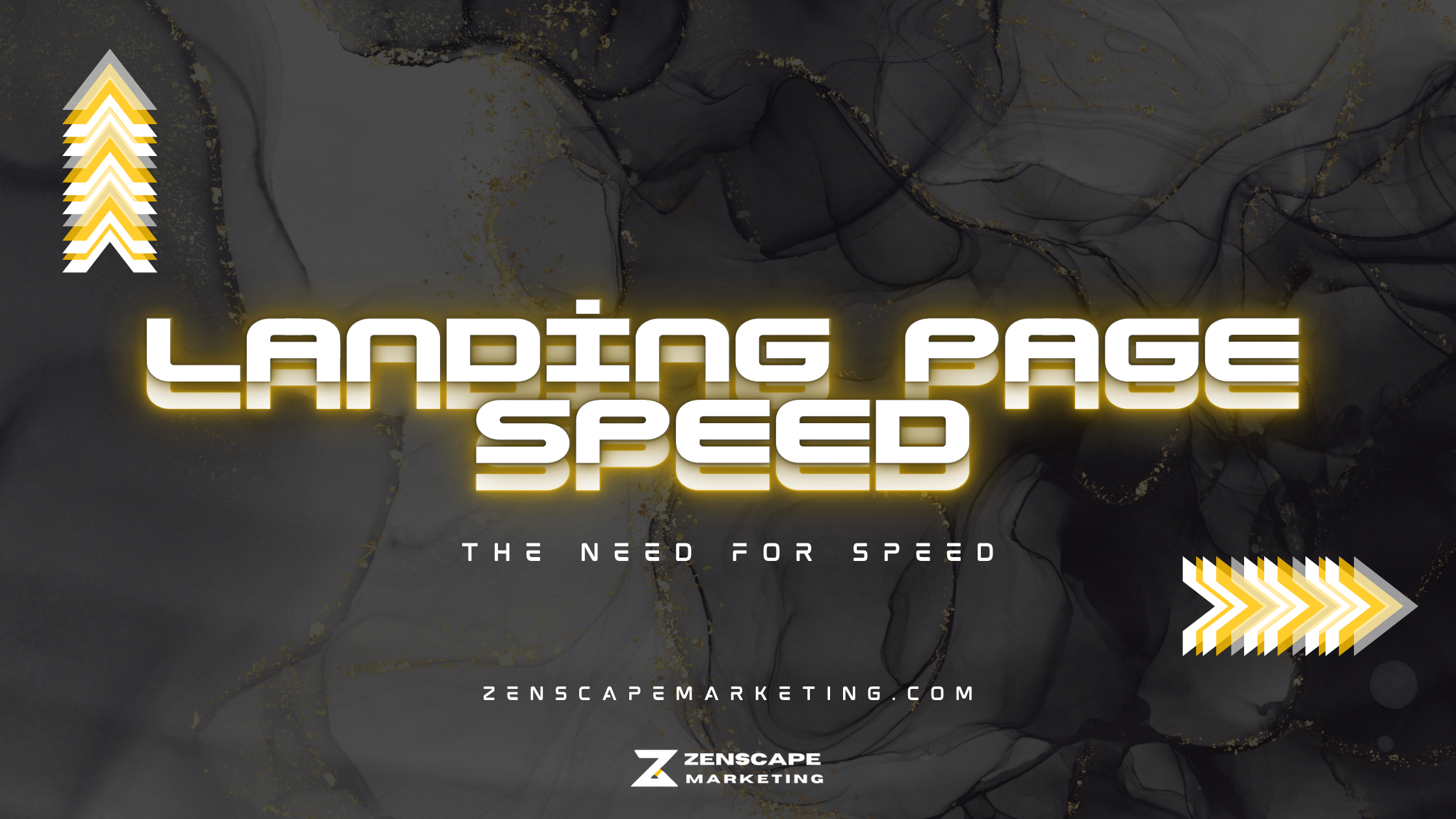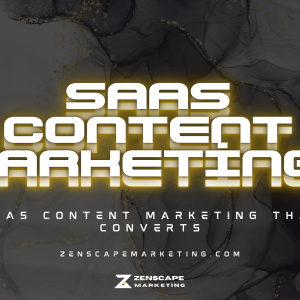In today’s digital world, slow website performance is expensive. For landing pages, speed is a make-or-break factor for conversions and revenue. Even minor delays in page load times lead visitors to abandon sites and take their business elsewhere. That’s why optimizing landing page speed needs to be a top priority for marketers and companies. This guide will cover why faster landing pages are critical for your bottom line, ways to improve speed and their substantial impact on key metrics. Buckle up – we will show you how to step on the gas and accelerate your landing page performance.
The Need for Landing Page Speed
Landing pages play a pivotal role in capturing leads and driving business conversions. They allow you to direct traffic from campaigns and ads to a targeted page with a clear call to action. However, slow load times can derail their effectiveness. Consider these speed statistics:
– 53% of mobile site visitors abandon pages that take over 3 seconds to load.
– A 1-second page delay reduces conversions by 7%.
– Pages taking over 4 seconds to load have a 32% higher bounce rate.
– Faster landing pages increase conversion rates by up to 15%.
Speed is now a key factor for search rankings as well. If your landing pages are slow, you squander opportunities from the traffic you worked hard to attract. To maximize conversions, speed optimization needs to be a priority.
Why Does Speed Matter So Much?
There are several reasons why slow page speed hurts landing page performance:
– Reduced Engagement: Slower pages mean visitors spend less time interacting with key elements. They don’t have the patience to wait for calls to action and info to load.
– Higher Abandonment: Even minor delays lead visitors to leave without converting. Delivering a fast experience is vital to keep them engaged.
– Less Sharing/Social Activity: Slow pages get less social shares and links. Speed influences how appealing your content is online.
– Hurts Credibility: Visitors equate slow sites with inferior credibility and quality. It undermines trust in your brand.
– Higher Bounce Rates: The faster people consume and act on your content, the better. Crawls cost you conversions.
– Lost Optimal Rankings: Search engines now factor speed into rankings. You miss out on positioning without fast pages.
– Missed Retargeting Opportunities: Many users won’t reach your pixels if your site is sluggish. Speed is necessary to capture web visitors for retargeting.
Optimizing speed helps counter each of these factors to maximize conversions and revenue from landing pages.
How Page Speed Impacts Metrics
Looking specifically at key performance metrics, page speed has a measurable impact:
Bounce Rate: Faster load times help reduce exit rates. Sites with over 4-second landing page load times have bounce rates 32% higher on average.
Conversion Rate: Improving landing page speed by just 1 second can increase conversion rates by up to 15%. Delivering an experience in under 3 seconds optimizes for higher conversions.
Lead Volume: Slow page speed means losing 7% of leads for every 1 second of delay. Fast load times capture more visitors before they abandon.
Revenue: According to studies, a 1-second improvement in landing page speed translates to 27% higher conversion rates to sales. Faster speed equals higher revenue.
By prioritizing page speed, you maximize these metrics critical for growth and profits. The lift can be tremendous.
Diagnosing Your Current Speed
You must first diagnose your current landing page performance to improve page speed. Here are ways to test:
– Use online tools like Pingdom, GTMetrix, or WebPageTest to analyze load times. Test from different geographic regions.
– Check speed auditor reports in Google Search Console for metrics and recommendations.
– Run Lighthouse audits in Chrome Developer Tools to identify optimization opportunities.
– Enable Analytics speed tracking to monitor real visitor experiences over time.
– Ask team members to test page speed from various devices and connections manually.
Gathering accurate speed data is the first step toward identifying priority fixes to improve conversions. Many platforms provide free detailed speed reports to help with this.
Optimizing Images and Media
Image and media use are the biggest factors affecting landing page speed. To optimize:
– Compress all images through TinyPNG or Smush to reduce file sizes without quality loss.
– Set explicit width/height dimensions on your images for faster rendering.
– Use responsive image sizing to serve the right image size for the viewer’s device.
– Lazy load non-critical images below the fold to accelerate the initial load.
– Host media on a CDN like Cloudinary to distribute delivery and improve performance.
– Eliminate any unnecessary widgets or sliders that require excessive images.
– Replace animated GIFs with modern video formats like MP4 for lighter files.
With mindful image optimization, you can shrink resources for much faster load times.
Reducing Server Response Time
Your server setup also impacts site speed:
– Use a fast, optimized web host like Cloudways or Flywheel to ensure quick responses.
– Enable caching through a CDN to store assets locally and minimize server requests.
– Configure your CMS for optimal performance through caching and compression.
– Minify CSS, JavaScript, and HTML files to reduce their footprint.
– Set up a seamless continuous deployment workflow to push updates faster.
– Monitor server response times regularly and address any spikes immediately.
A speedy server backend delivers resources lightning-fast to accelerate overall page load speed.
Simplifying Page Design
Well-designed landing pages also convert better, especially on mobile.
– Use brief, focused copy that is scannable – avoid excessive text.
– Limit third-party scripts that bog down speed – only essential tools.
– Simplify navigation with key pages accessible within 1-2 taps or clicks.
– Remove unnecessary page elements that clutter mobile views.
– Check that your page is mobile-friendly and fits all screen sizes.
– Ensure the small screen has usable tap targets, font sizes, and spacing.
Visitors can easily take your desired actions and convert them with a clean, simplified page.
Optimizing Technical Performance
There are additional technical solutions that also optimize speed:
– Enable GZIP compression on your web server to reduce file transfer sizes.
– Minify JavaScript and CSS files to remove unnecessary characters and reduce payload.
– Asynchronously load non-critical scripts to prevent blocking page rendering.
– Leverage browser caching through HTTP headers so assets load instantly on repeat visits.
– Use a CSS sprite sheet to consolidate icons into one HTTP request.
– Replace nested tables or complex HTML with efficient DIV structures for better performance.
While these may sound complex, technical audits will determine the most applicable changes to improve your site speed.
The Speed Optimization Payoff
Investing in improving landing page speed produces tremendous ROI. Just look at the impact faster load times can have:
– 27% higher conversion rates
– 15% more search engine traffic
– 25% increase in sales revenue
– 32% higher lead volume
– 23% more repeat site visitors
With so much on the line, making speed a priority for your landing pages is imperative. Leverage the tips in this guide to accelerate performance. Your bottom line will thank you.
Put the Pedal to the Metal on Your Landing Page Speed
As shown, a slow landing page can harm your conversions, leads, and revenue. Optimizing speed needs to be an ongoing focus for your digital marketing efforts. However, comprehensively improving page performance requires time and technical expertise that most marketing teams don’t have.
That’s where the web performance specialists at Zenscape Marketing can help. Our technical team will thoroughly audit your current landing page speed, identify priority fixes, and implement site enhancements guaranteed to accelerate your load times.
We’ll make the necessary improvements to:
– Optimize images and media files for faster delivery
– Refine page design for maximum speed
– Reduce server response times
– Fix technical bottlenecks
– Continuously monitor and improve performance
With Zenscape’s speed optimization expertise, you’ll finally be able to maximize conversion rates from your landing page investment. Contact us today to “step on the gas” and accelerate your profits!






